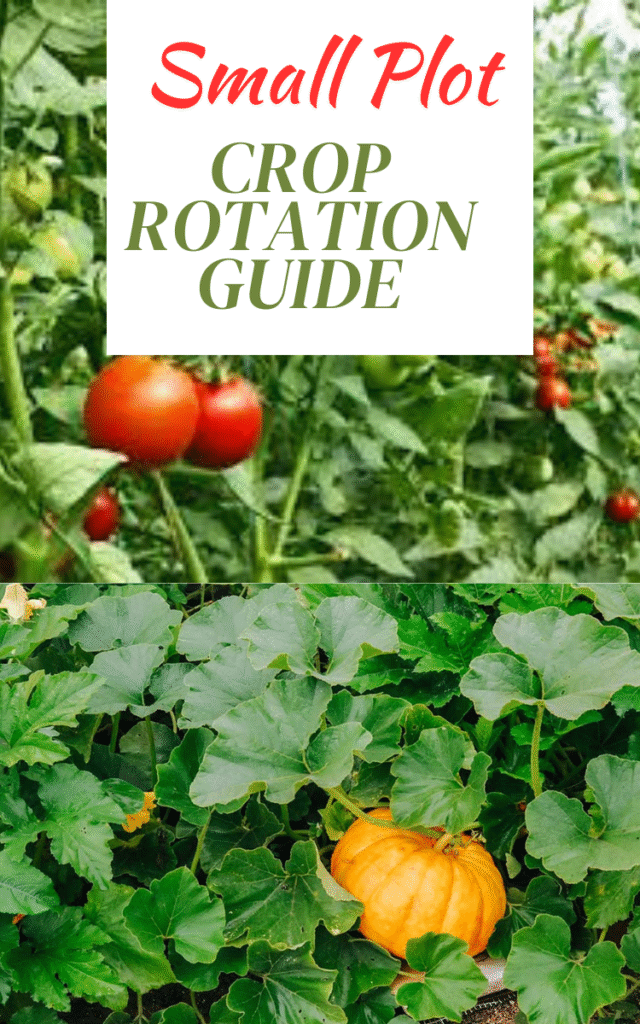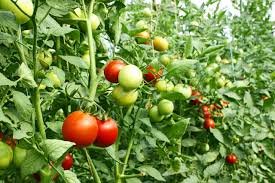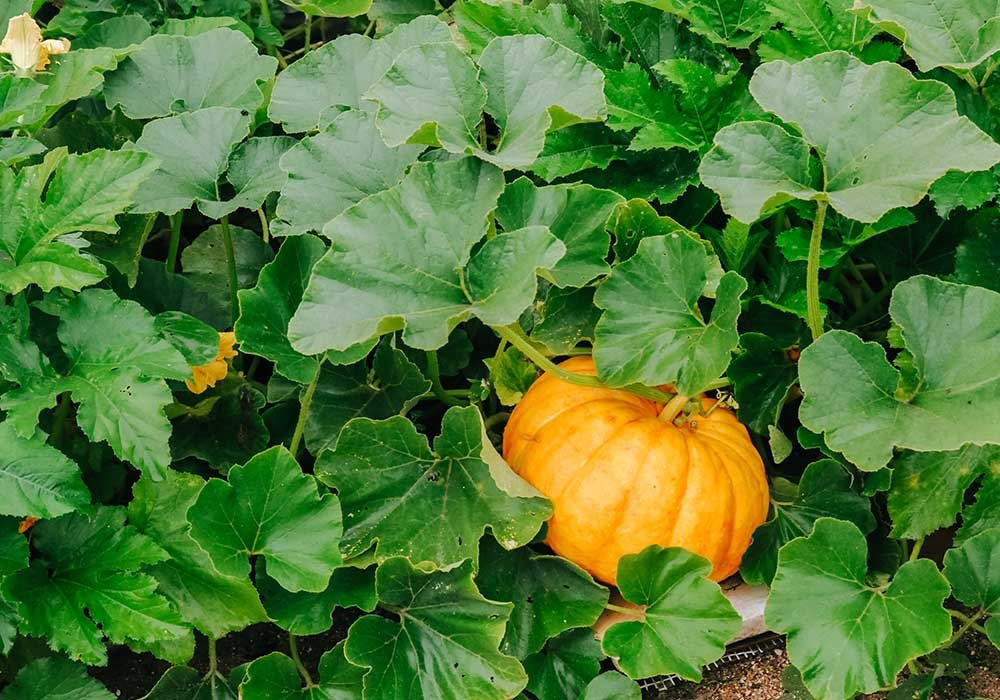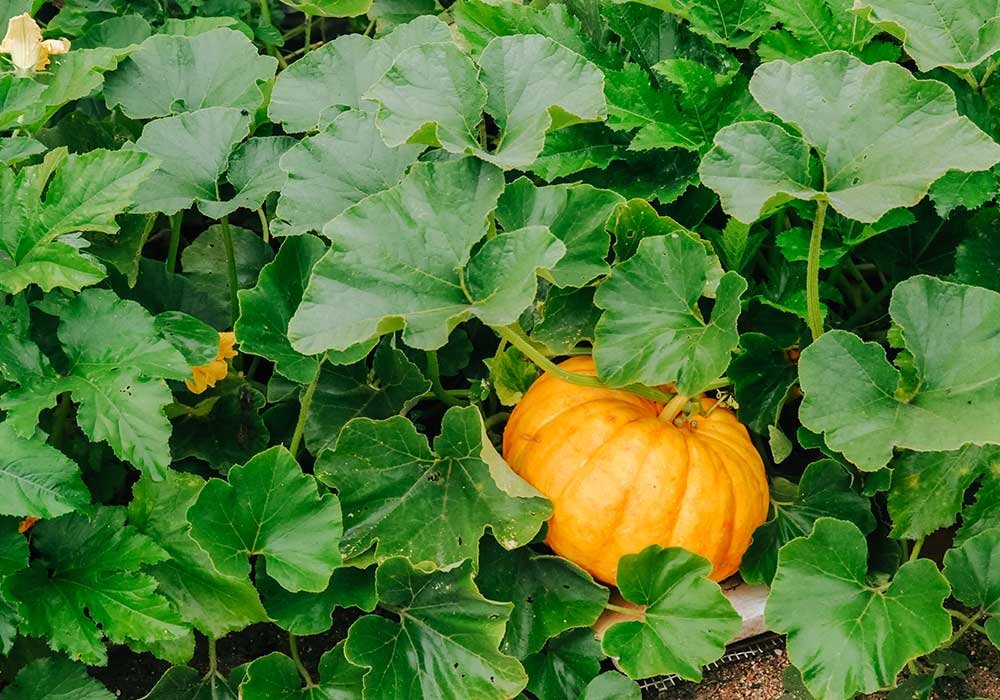
When I first started gardening in my small backyard, I was thrilled at how much food I could grow in a tiny space. But after a couple of seasons, I noticed the soil was getting tired, pests were showing up more often, and my tomato plants weren’t as strong as before. That’s when I discovered the magic of crop rotation. It’s an age-old practice that even works in small plots if you approach it with a bit of creativity. This guide walks you through simple, manageable ways to rotate crops, even when you’re short on space.
What Is Crop Rotation and Why Does It Matter?
At its core, crop rotation is the practice of changing what you grow in a particular spot each season or year. Instead of planting tomatoes in the same soil year after year, you’d switch them with beans, leafy greens, or root vegetables.
The big advantage? Your soil stays balanced. Each type of plant draws on different nutrients, so constant rotation keeps the ground from getting depleted. On top of that, many pests and diseases thrive when their favorite crops keep showing up in the same place. Switching things up breaks that cycle.
In small gardens, skipping rotation might not seem like a big deal, but it can lead to weaker plants, more pests, and lackluster harvests surprisingly fast.
The Basics of Crop Families
Here’s the trick that makes rotation easier: group plants by their families. Plants in the same family usually share nutrient needs and pests, so keeping track this way helps you rotate smarter.
Some of the most common families for backyard gardeners are:
- Nightshades: tomatoes, peppers, eggplants, potatoes.
- Brassicas: broccoli, cabbage, kale, cauliflower, Brussels sprouts.
- Legumes: peas, beans.
- Cucurbits: cucumbers, squash, pumpkins, zucchini, melons.
- Roots: carrots, beets, onions, garlic, radishes.
- Leafy greens: spinach, lettuce, Swiss chard.
Once you know these groups, crop rotation becomes less overwhelming. It’s no longer about tracking dozens of vegetables—it’s about rotating families.

Crop Rotation Rules for Small Plots
The golden rule: don’t plant the same family in the same spot two years in a row. Even in tiny gardens, this one habit can make a huge difference.
When you’re working with limited space, think in terms of cycles. A traditional farm might rotate crops over 4–6 years, but for small plots, a 3-year cycle works beautifully. And if you really can’t avoid repeats, you can offset the stress with containers, compost, or soil amendments (more on that later).
The other key: rotate by family, not individual vegetable. For example, swapping tomatoes for peppers isn’t a rotation because they’re both nightshades. But swapping tomatoes for beans? That’s perfect.
3-Year Rotation Plan for Small Gardens
A practical cycle you can try looks like this:
- Year 1: Heavy feeders – crops that drain the soil, like tomatoes, corn, and brassicas.
- Year 2: Givers – legumes such as beans and peas, which add nitrogen back into the soil.
- Year 3: Light feeders – root crops and leafy greens, which need less from the soil.
After year three, you start back at the beginning. This way, the soil naturally gets time to recover while staying productive.
I like sketching a simple diagram for my raised beds to keep it straight. A little chart or color-coded garden journal makes it easy to follow from season to season.
Companion Planting as a Helper
Sometimes rotation alone isn’t enough—especially when space is tight. That’s where companion planting steps in. It’s the art of pairing crops that help each other out.
For instance, planting basil near tomatoes doesn’t just make harvest pairing easier; basil can actually deter tomato pests. The classic “Three Sisters” method—corn, beans, and squash—is another example. Corn gives beans a natural trellis, beans fix nitrogen into the soil, and squash covers the ground to suppress weeds.
By mixing crops in the same bed, you can soften the impact of limited rotation and keep soil healthier, longer.

Vertical Gardening and Containers as Rotation Helpers
When you don’t have extra ground space, why not grow upward or use containers? Vertical gardening with trellises or cages is a game-changer. It opens up more soil options for rotation while still letting you grow heavy feeders like cucumbers or pole beans.
Containers are another lifesaver. For example, if you really want to grow tomatoes every single year, move them into large pots or grow bags filled with fresh soil. That way, you’re not exhausting the same patch of ground over and over again.
I’ve kept my peppers in containers for three years running, and they still thrive because the soil gets refreshed each season.
Cover Crops and Soil Builders for Small Spaces
Even small gardens can benefit from cover crops. Think of them as “soil vitamins.” Clover, rye, or buckwheat can be sown during the off-season to protect the soil, add nutrients, and prevent weeds.
They don’t take long to grow, and you can till or cut them down before planting your next round of veggies. For small beds, even a few weeks of cover cropping can make a noticeable difference in soil texture and fertility.
It’s one of those little steps that feels optional, but once you try it, you’ll notice how much healthier your plants look the following season.
Practical Tips for Tracking Crop Rotation
The easiest way to lose track of rotation is relying on memory. I’ve made that mistake before, only to realize too late that I’d planted tomatoes in the same spot again.
To avoid this, keep a simple garden journal. Draw a quick sketch of your plot, label the plant families, and note the year. Color-coding by family is especially helpful. If you’re more tech-inclined, gardening apps can also keep track for you.
This small habit makes rotation seamless instead of stressful.
Common Mistakes to Avoid
A few pitfalls trip up many new gardeners:
- Tomato addiction: planting them in the same spot every year. Tempting, but hard on the soil.
- Rotating by vegetable, not family: switching peppers for tomatoes isn’t really a switch.
- Forgetting soil care: even with rotation, amending with compost and mulch is essential.
- Ignoring testing: a cheap soil test can reveal what your garden truly needs.
Avoiding these mistakes keeps your rotation system effective.

Sample Small Plot Layouts
If you’re working with raised beds, a 4-bed system makes rotation simple. Assign each family to a bed, then shift them clockwise each year.
With only two beds, you can rotate heavy feeders with legumes one year, then root crops and greens the next. For balconies or patios, designate containers by family and swap soil or move pots around each season.
These examples prove you don’t need acres of land—just thoughtful planning.
Final Thoughts
Crop rotation might sound like something reserved for farmers with wide fields, but in reality, it’s one of the most powerful tools a small-space gardener can use. By paying attention to plant families, moving crops around, and mixing in tricks like containers and companion planting, you can keep your soil thriving year after year.
The first season might take a little extra planning, but soon it becomes second nature. Healthy soil rewards you with stronger plants, fewer pests, and tastier harvests. For me, the moment I noticed my tomato plants bouncing back after just one season of rotation was proof enough. If you give your soil a break, it will return the favor in abundance.

